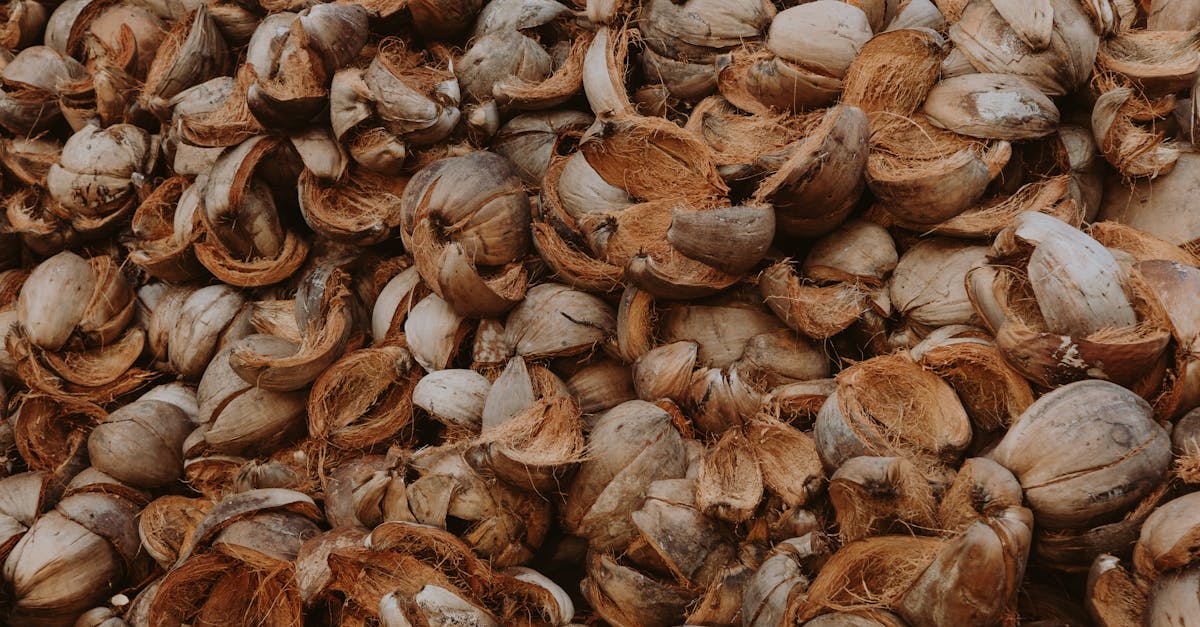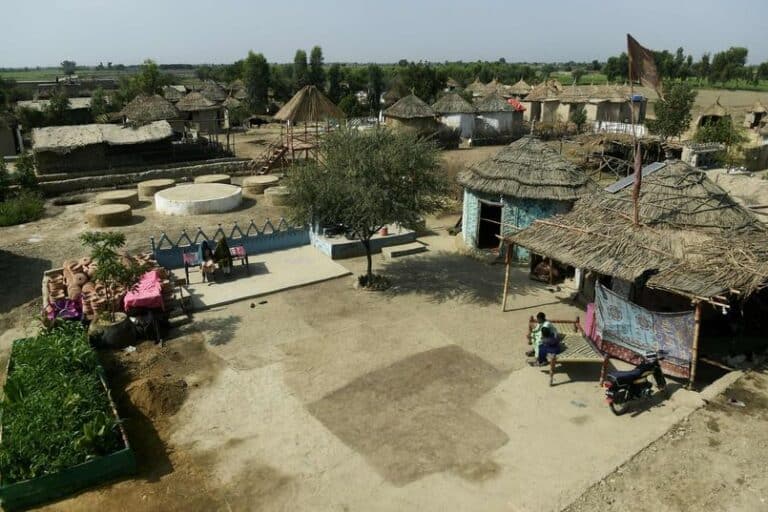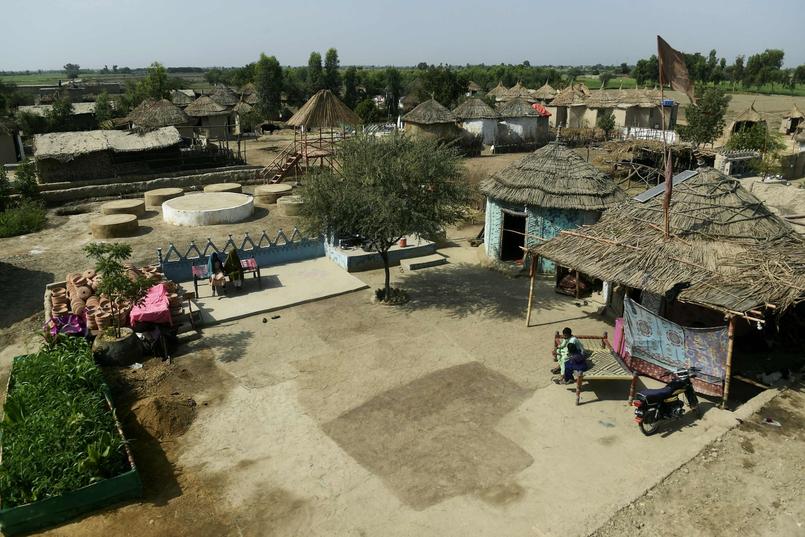“`html
The transformation of food waste into sustainable resources is a silent revolution. Additive manufacturing technologies play a key role in this transition. Innovation
paves the way for new possibilities to reduce the ecological footprint of food systems. By integrating materials such as nanocellulose, we can not only decrease greenhouse gas emissions but also create high-value-added products. This synergy between sustainability and technology offers promising prospects for a more environmentally friendly future.
In a world where sustainability and innovation are at the heart of concerns, the valorization of food loss and waste emerges as a promising solution. This approach transforms often-neglected residues into valuable resources, notably biopolymers used in bioinks for 3D printing. But how does this transformation occur and what are its benefits?
Table of Contents
ToggleWhat food waste is valorized for biopolymer production?
Food waste encompasses a wide range of materials, from fruit and vegetable residues to eggshells and cereal leftovers. These materials are rich in cellulose, starch, and proteins, essential components for the synthesis of biopolymers. For example, banana peels and coconut shells are abundant sources of nanocrystals cellulose, which play a crucial role in creating high-performance bioinks.
The valorization process begins with the collection and sorting of food waste, followed by their transformation into usable raw materials. Using techniques such as enzymatic extraction and hydrolysis, the molecular components are isolated and purified. This transformation not only reduces the amount of waste sent to landfills but also creates a circular loop where resources are reused efficiently.
How are biopolymers derived from food waste used in bioinks?
The biopolymers obtained from food waste are integrated into bioinks through specific formulation processes. These biopolymers act as binders and stabilizers, ensuring that the bioink possesses the necessary properties for high-quality 3D printing. For example, poly(lactic acid) (PLA) derived from corn starch and other plant sources is widely used due to its biocompatibility and durability.
Biopolymer-based bioinks offer several advantages. They are non-toxic, biodegradable, and have a low carbon footprint compared to traditional petroleum-based inks. Additionally, these inks can be customized to meet specific needs, such as improving mechanical properties or increasing thermal resistance.
What are the environmental benefits of using biopolymers in bioinks?
The use of biopolymers derived from food waste presents numerous environmental advantages. Firstly, it contributes to the reduction of greenhouse gas emissions by decreasing the amount of organic waste decomposed in landfills, which produce methane, a potent greenhouse gas. Additionally, the production of biopolymers requires less energy and fewer fossil resources, thereby reducing the overall environmental footprint of the manufacturing process.
Furthermore, biopolymer-based bioinks are biodegradable and compostable, thus minimizing impacts on ecosystems at the end-of-life of printed products. This approach fits perfectly within the principles of circular economy, where materials are reused and recycled to maximize their use while minimizing waste.
What challenges must be addressed to optimize the valorization of food waste?
Despite its many benefits, the valorization of food waste for the production of biopolymers and bioinks presents certain challenges. One of the main obstacles is the variability of food waste, which can affect the quality and properties of the biopolymers produced. Standardization of collection and processing processes is essential to ensure consistent quality of materials.
Moreover, production costs may be higher than those of conventional materials due to the advanced technologies required for the extraction and purification of components. However, with advancements in technology and growing demand for sustainable solutions, these costs are expected to decrease in the long term.
Another challenge lies in the acceptability and trust of consumers. Raising awareness and educating about the benefits of biopolymer-based bioinks are crucial to encourage their adoption in various industries.
What recent innovations enhance the sustainability of bioinks?
Innovation plays a key role in improving the sustainability and performance of bioinks. Recent research focuses on integrating nanotechnologies to enhance the mechanical and thermal properties of biopolymers. For instance, incorporating nanocellulose from agricultural residues strengthens the structure of bioinks, making them more suitable for demanding applications.
Furthermore, advancements in additive manufacturing processes allow for better dispersion of biopolymers, ensuring greater uniformity and accuracy during 3D printing. Studies, such as those conducted by Rivero-Pino et al., demonstrate how bioinks can be optimized to produce more complex and high-performance structures.
Additionally, collaborations between researchers and industries facilitate the development of innovative bioinks. These partnerships allow for testing and adapting bioinks to various applications, ranging from biomedical printing to the manufacturing of sustainable components for the industry.
How does research contribute to the optimization of bioinks?
Scientific research is essential for overcoming the challenges related to the valorization of food waste and the production of bioinks. In-depth studies on the life cycle of biopolymers enable the identification of critical points where improvements can be made. For example, the work of Gheewala on the life cycle assessment of bioproducts provides valuable data for optimizing production processes and reducing their environmental impact.
Moreover, research on the compatibility of biopolymers with different types of bioinks and 3D printers paves the way for broader adoption of these materials. By enhancing the performance and reliability of bioinks, researchers facilitate their integration into various industrial applications.
Interdisciplinary collaboration, involving experts in chemistry, engineering, and ecology, is also crucial. This approach enables the development of holistic solutions that take into account both technical performance and environmental impacts of bioinks.
What are examples of success in the valorization of food waste?
Several successful initiatives illustrate the potential of valorizing food waste in the production of biopolymers. For example, innovative companies are transforming fruit residues into nanocellulose, which is then used to create high-performance bioinks. A study conducted by Jagadiswaran et al. demonstrated the production of functional biscuits from biopolymers derived from food waste, combining food and 3D printing technology.
Another notable example is Apeel, which has successfully integrated biopolymers from food losses into its sustainable packaging solutions. Their impact in 2023, detailed on their site, highlights how innovation in the field of bioinks can enhance the safety and sustainability of 3D printed materials.
These successes show that with the right strategies and technologies, the valorization of food waste can not only reduce environmental impacts but also create new economic and technological opportunities.
What is the future of sustainable bioinks in 3D printing?
The future of sustainable bioinks seems promising, with increasing adoption across various industrial sectors. As food waste valorization technologies improve, sustainable bioinks will become more accessible and efficient. Their use could extend beyond the medical field and manufacturing industry, including areas such as architecture, fashion, and even precision agriculture.
Advancements in research on biopolymers will also help develop even more innovative bioinks, capable of meeting specific needs such as UV resistance or increased flexibility. Additionally, the integration of smart sensors into bioinks could open new possibilities for “smart” 3D prints that are able to react to their environment or self-repair.
Meanwhile, regulations and environmental policies will play a crucial role in promoting the use of sustainable bioinks. Tax incentives, research and development grants, as well as strict recyclability standards could accelerate the adoption of these innovative technologies.
Finally, educating and raising public awareness about the benefits of sustainable bioinks is essential to stimulate demand and encourage companies to invest in these environmentally friendly solutions. Collaboration between governments, industries, and researchers will be key to realizing the full potential of food loss and waste valorization in 3D printing.
















